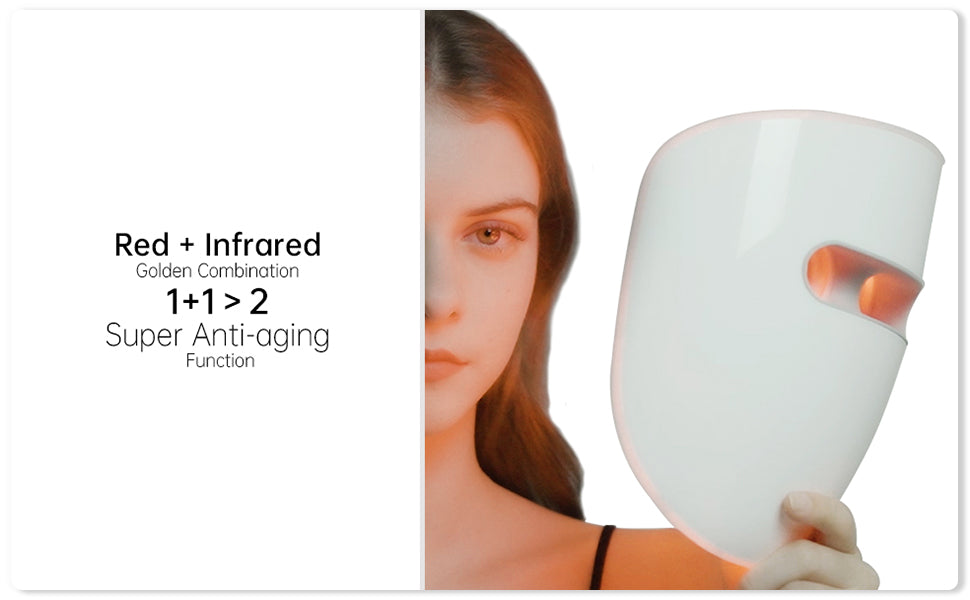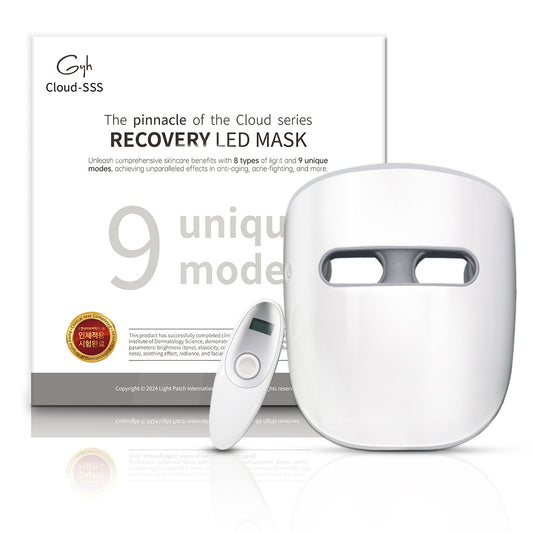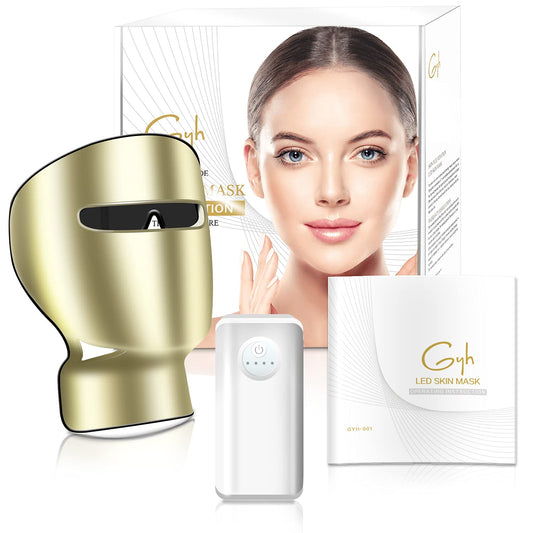
Enhancing the Effects of Phototherapy: Combining Red and Near-Infrared Light Waves
Share
Phototherapy is a method of treating various diseases using light. It typically uses light of different wavelengths to stimulate human cells and tissues, improving their physiological functions and therapeutic effects. Red and near-infrared light are commonly used wavelengths in phototherapy, widely applied in many different medical fields. Combining red and near-infrared light in phototherapy helps to enhance therapeutic effects and alleviate patient discomfort.
The wavelengths of red and near-infrared light commonly used in phototherapy are between 630 and 670 nanometers and 810 to 850 nanometers, respectively. These wavelengths of light are believed to penetrate the skin and tissues, directly acting on human cells and tissues to produce physiological effects. These effects include promoting cellular energy metabolism, enhancing blood circulation, reducing inflammation, and promoting wound healing, among others. Therefore, red and near-infrared light are widely used in many different medical fields, including dermatology, neurology, and musculoskeletal medicine.
Combining red and near-infrared light in phototherapy can enhance therapeutic effects. This is because different wavelengths of light can stimulate different types of cells and tissues, producing different physiological effects. Red light primarily stimulates cells and tissues on the skin surface, promoting skin cell metabolism and blood circulation, thus improving skin quality, reducing wrinkles, and improving acne. Near-infrared light, on the other hand, can penetrate the skin and tissues, acting on deeper cells and tissues to promote cellular energy metabolism, reduce inflammation, and promote wound healing.
In addition, combining red and near-infrared light can also alleviate patient discomfort. During phototherapy, the irradiation of light can produce a sense of heat and light, which may cause patient discomfort. However, since the wavelengths of red and near-infrared light are longer, they do not produce too much heat or light. Therefore, combining red and near-infrared light can alleviate patient discomfort and improve the tolerance of phototherapy.
The combined application of red and near-infrared light can also promote skin cell repair and regeneration. Red and near-infrared light can promote blood circulation, increase oxygen supply to skin cells, and improve their metabolic levels. These effects can promote skin cell repair and regeneration, accelerating the recovery process of damaged tissues. Additionally, red and near-infrared light can stimulate the production of collagen, increase skin elasticity, and improve skin quality. These effects can make the skin smoother, firmer, reduce fine lines and wrinkles, and other aging phenomena, making the skin more youthful and healthy.
The combined application of red and near-infrared light can also improve skin pigmentation and inflammation. Red and near-infrared light can inhibit the production of melanin, reduce pigmentation, and make the skin more even and bright. Meanwhile, red and near-infrared light can also alleviate skin inflammation, relieve inflammatory reactions, reduce the production of inflammatory mediators, thereby improving inflammatory skin diseases.





22 comments
wfzjxj
e36c9q
cvcrot
j66knv
wz59fb